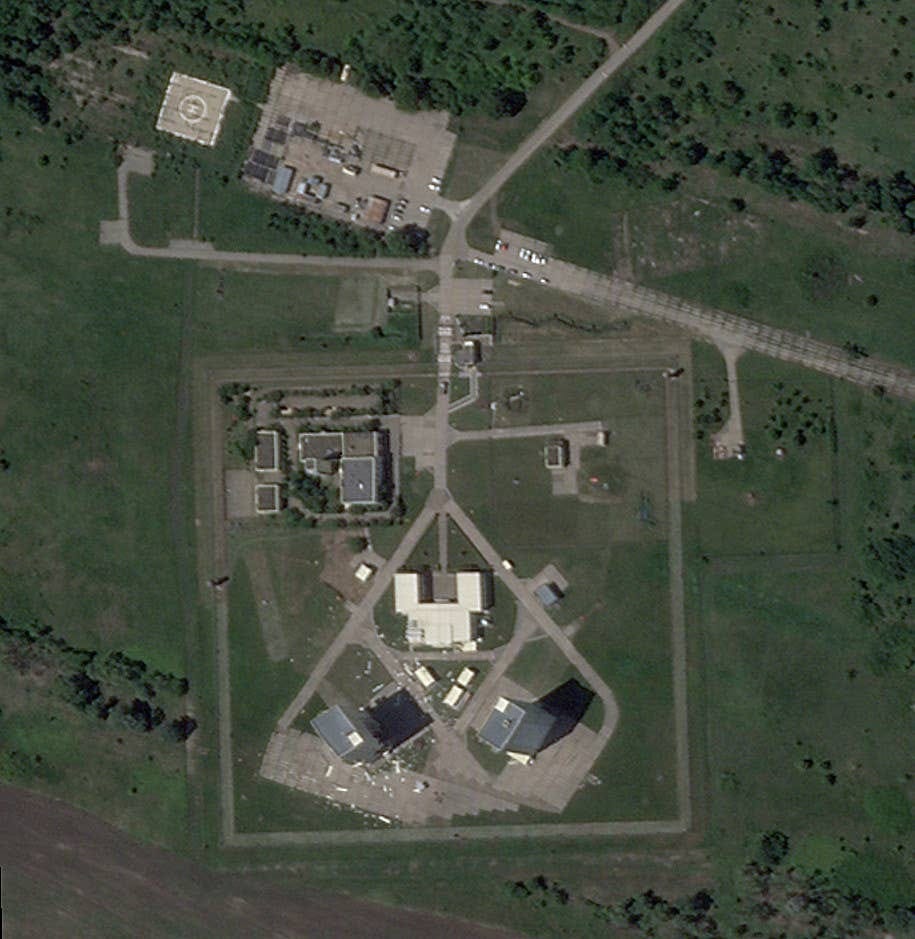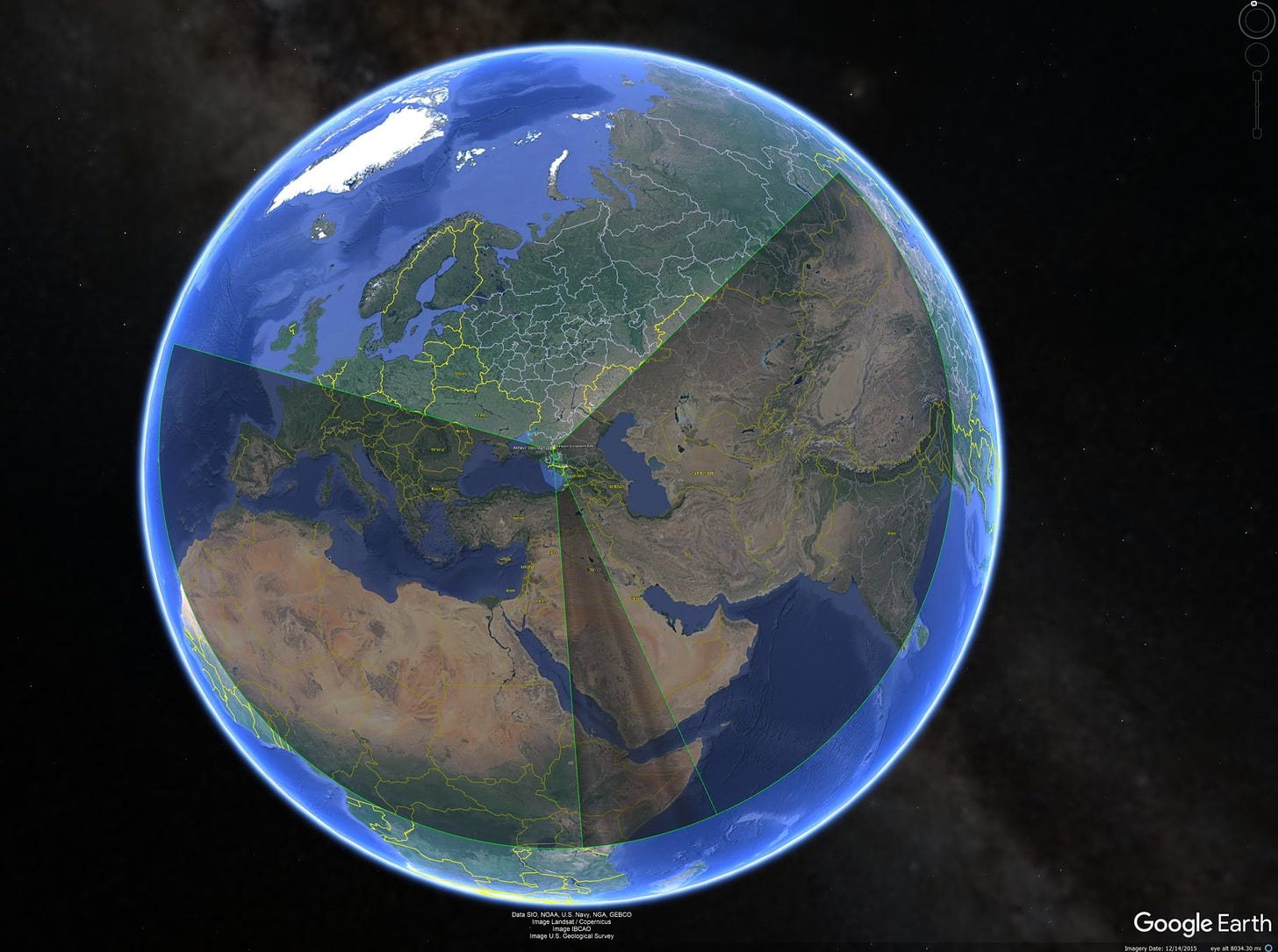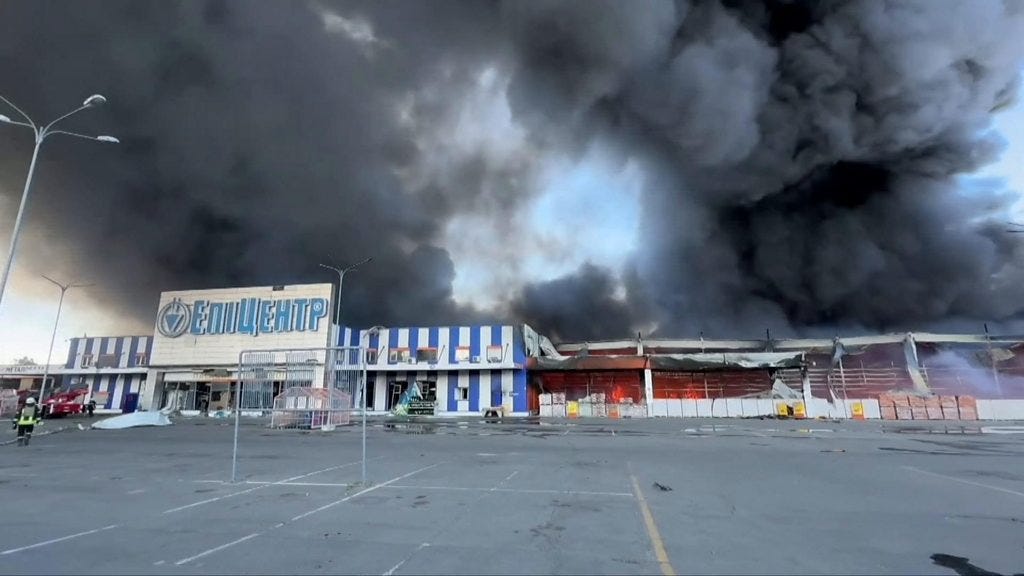In addition to damaging a strategic radar facility that helped protect southern Russian and Crimea, the Ukrainian attack sent a clear message that no military asset inside Russia is safe.
It also exposed the falsity of Russian nuclear saber rattling since the radar damaged was linked to nuclear threat identification. And the Ukrainian attack served further notice that it would respond to Russia's war crime terror attacks on Ukrainian civilian targets. JL
Phillips O'Brien reports in his substack:
Ukraine accomplishes a great deal with this radar attack. It shows that no military target is safe in Russia. That means Russia will have to deploy its anti air forces more widely. (And) if the US stops Ukraine from using US systems against targets in Russia, the Ukrainians will do it themselves. Ukraine is turning Crimea from an asset into a burden and it shows how hollow the Russian nuclear threats are. A growing chorus from European and the US are trying to convince the administration that what they are doing is strategically and ethically nonsensical. In a pure terror attack, the Russians bombed a shopping center on a Saturday, the busiest shopping day of the week.The front line changed little this week (more on that later), so I thought I might start with the most revealing operation of the week—the Ukrainian attack on the Russian strategic radar station in Russia itself. The attack and the reaction to it encapsulates so much of the strange way this war is being interpreted. Ukraine is fighting for its existence, the targets has military value in helping Russia protect Crimea, and Ukraine doesnt fear a Russian nuclear strike—of course they are going to damage it if they can. Plus, the operations can further draw off Russian anti-air forces and sends a message. From the Ukrainian perspective its a sensible operation.
Crossing 2 Red Lines at Once
Maybe the most debated operation of the week was the Ukrainian attack on the Russian strategic radar facility in Russia (Krasnodar) itself.
The facility hit (picture above) was part of a ballistic missile monitoring system that could also be used (there is a debate about its utility) to track Ukrainian ATACMS strikes. The way the Ukrainians attacked the system (and even though the Ukrainians have not formally accepted responsibility for the attack, Ukrainian media outlets are reporting it as if it was almost certainly a Ukrainian operation) was with some form of UAV strike.
The main purpose of the facility is to track an incoming ballistic missile strike. However it certainly has coverage over Crimea and some Ukrainian launch areas, which you might be able to see in this map.
This attack immediately set off a chorus of complaints from people saying it was too threatening to Russia, as it weakens their nuclear forces. It was fascinating to see—but obviously they don’t understand the Ukrainian position. The Ukrainians are not worried about a Russian nuclear strike because they believe none will happen. Indeed, this attack seems to have been put together to gain some military advantage for Ukraine, and to deliberately cross a number of red lines the Russians have laid down.
And Ukraine accomplishes a great deal with this attack. This is:
First, it shows that no military target (and this is a military target) is safe in Russia. That means Russia will either start having to deploy more anti air forces more widely, or suffer other potential attacks. It still amazes me how easy it seems to be for Ukraine to hit these targets of high military value in Russia—where is Russian air defense? I think people are constantly underestimating how Ukraine is trying to draw Russian anti-air away from the battlefield.
Second, it shows the US that if the US stops Ukraine from using US systems against Russian military targets in Russia, the Ukrainians will try and do it themselves. The Biden administration continues to operate on the assumption that it can control things—that it can limit where and how Ukraine attacks Russia. The Ukrainians are saying clearly that they cant.—that the administration is just making it worse.
Third, and foundationally very important, the does damage a target with some military utility in trying to hinder Ukraine’s campaign against Crimea. I’m slightly amused with the debate about how effective a radar this might be. Ukraine has singled out Crimea as an area of enormous strategic importance for it in winning the war—and it will do almost anything it can to help with that campaign. Andriy Zagorodnyuk and Eliot Cohen in Foreign Affairs this week outlined a Ukrainian theory of victory, in which Crimea was central.
Threatening Russia’s control of Crimea—and inflicting grave damage to its economy and society—will, of course, be difficult. But it is a more realistic strategy than the proposed alternative: a negotiated settlement while Putin is in office.
And the Ukrainians have been hitting Crimea continually for weeks (including this week) taking out anti-air capabilities, Russian air bases, naval bases, destroying aircraft and naval vessels, etc. They are slowly turning Crimea from a Russian strategic asset into a large strategic burden. That they can do anything to help in this campaign should not be a surprise.
And Fourth, of course, it shows how hollow the constant Russian nuclear threats are. Russian cannot afford to use a nuclear weapon against Ukraine, and Ukraine knows this. If this attack doesn’t drive that argument home, maybe nothing will.
Finally, while this was probably not a Ukrainian concern, it reveals, once again, how many people have been conditioned by Russian nuclear threats into bending over backwards to make the Russian case. If Russia cant defend its strategic radar assets, that is not Ukraine’s responsibility.
Pressure is Building to Allow US weapons to be used against Russian military targets
If you missed it, two days ago I had an op-ed piece in the Wall Street Journal about how the Biden Administration needs to allow Ukraine to strike military targets in Russia with US systems. It begins a little bluntly.
The U.S. has been so powerful for so long that it has forgotten what it means to fight an existential war. It certainly has forgotten how to win one.
The strategy the Biden administration is now imposing on Ukraine has both aided its war efforts and hobbled it at the same time. By controlling what Ukraine can and can’t attack with American weapons, the U.S. has made it a much longer and more destructive war than it had to be.
This article is part of a growing chorus from Ukrainian, other European and now US voices that are trying to convince the administration that what they are doing is strategically and ethically nonsensical.
Yesterday it was the Russians themselves who provided the strongest argument. In a pure terror attack, the Russians bombed a shopping centre/supermarket on a saturday—the busiest shopping day of the week.
As of now the Ukrainians are saying that 11 people have died, but considering the crowds, don’t be surprised if this figure goes higher. Of course, the attack was planned, supplied and launched from within Russia.
And this puts the Biden administration under even greater pressure. Their policy is to prevent the Ukrainians from using US systems to disrupt such attacks—were that possible. As Ukraine gets more range with ATACMs and F-16s, they could actually attempt to disrupt such Russian terror operations.
If the Biden administration doesn’t change policy, they are basically enabling Russia in its war effort. In making this attack, the Russians have given those trying to force a change even more ammunition.























0 comments:
Post a Comment